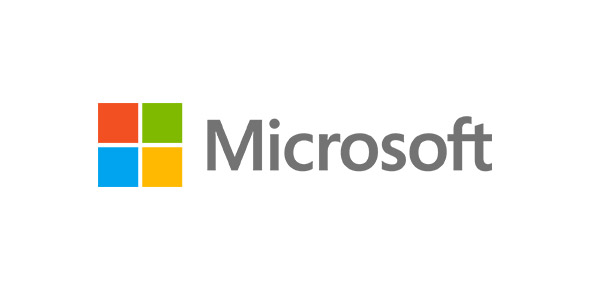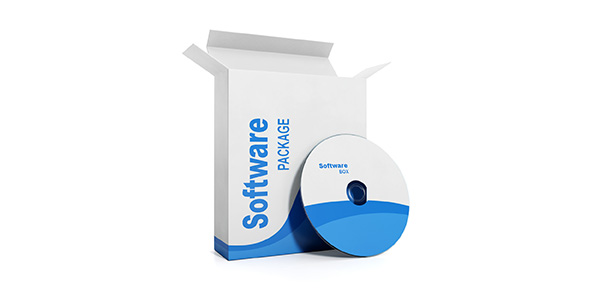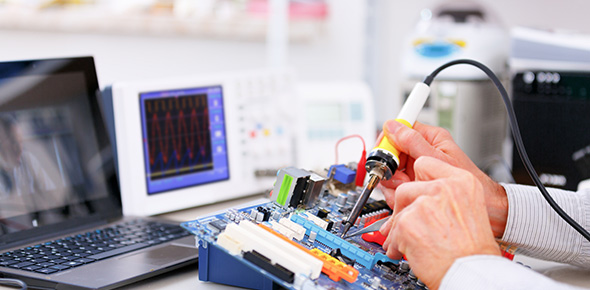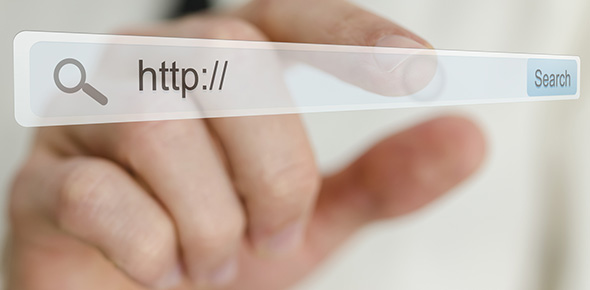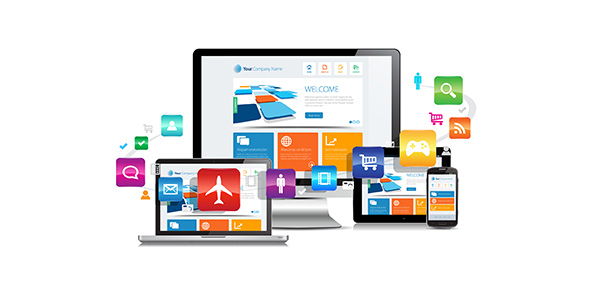Related Flashcards
Related Topics
Cards In This Set
| Front | Back |
|
An (___) is a set of system software routines that sits between the application program and the hardware. It defines a set of standard interface rules, provides numerous services, and serves as a platform for running and developing application programs.
|
Operating system
|
|
An (____) is a point of connection of linkage between two components.
|
Interface
|
|
Which of the following is not an exampole of a common interface.
|
The user communicates directly to the hardware.
|
|
All application programs access the hardware through the (___) following rules imposed by the (___)
|
Operating system/operating system,
|
|
A (___) is a software routine that runs in support of another program.
|
Service.
|
|
Because different brands of computers often imply different hardware, the operating system routines that communicate directly with the hardware might be quite different, but the routines that interface with the application program present a consistent (__) to the programs running on both machines
|
Platform.
|
|
The advantage of using (___) is that you can focus on the details of any given component without losing sight of the other component.
|
Layers of abstraction
|
|
The idea behind viewing a system as a set of layers of abstraction is derived from an old architectural concept called (___)
|
Layering
|
|
The contents of a black box are unknown to the other boxes, so each black box is (__)
|
Functionally dependant.
|
|
Two black boxes communicate with each other only through a shared (___) or point of linkage.
|
Interface.
|
|
Viewing each layer of abstraction as an independent black box is usefull because it allows you to work with the layers (___)
|
One at a time.
|
|
The (___) provides a mechanism for the user and application programs to communicate with the operating system and request operating system support.
|
User Interface.
|
|
The (___) incorporates routines that allow the user or programmer to create, delete, modify, and manipulate files logically, by name.
|
File System
|
|
The (___) function is responsible for controlling communications with the system's physical peripheral devices, such as the keyboard, the display screen, the printer, and secondary storage.
|
Device management.
|
|
Processor (or Process) management is concerned with efficently managing (___)
|
The processor's time.
|



